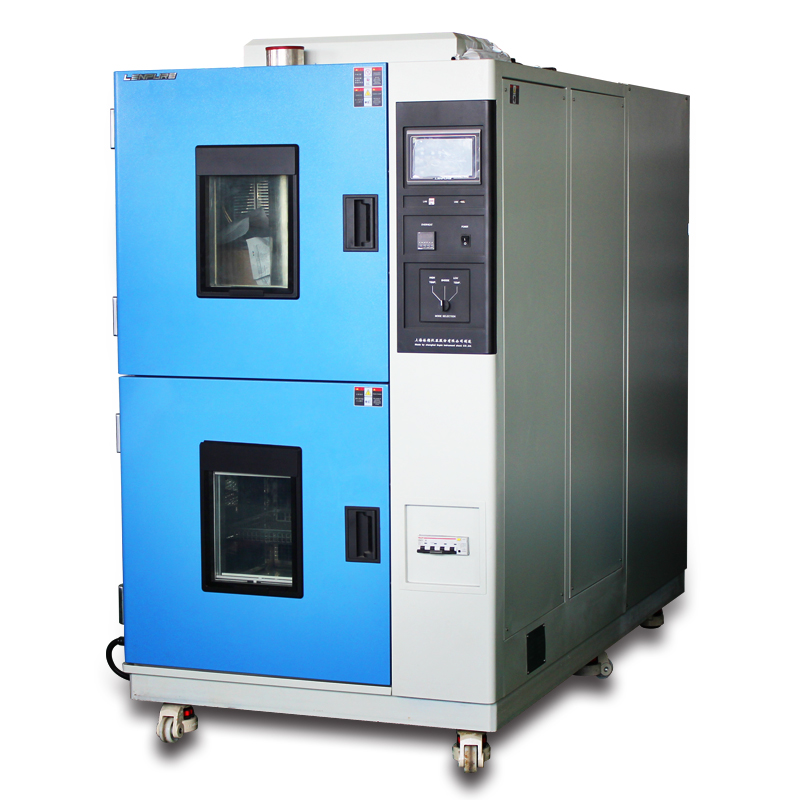Factors Leading to Shortened Lifespan and Accelerated Aging of Thermal Shock Test Chambers
Author:LINPIN Update Time:2025-06-02 Source:LINPINThermal shock test chambers generally have a long lifespan and can typically last 10-20 years. However, this is not always the case, as several factors can affect their longevity. Below, we discuss these factors in detail:
-
Ambient Temperature:
The operation of the equipment generates heat, raising the surrounding temperature. This increases light intensity and the degree of material degradation. Therefore, it is crucial to control the operating temperature range during use. -
Ambient Light Exposure:
Different structural materials of high and low-temperature test chambers react differently to light intensity. When purchasing, the material composition should be considered. Most equipment uses SUS304 stainless steel for durability.

-
Ambient Humidity:
Moisture, rain, and dew are common causes of humidity-related damage. Among these, dew is more harmful than rain because it remains on surfaces longer, leading to greater moisture absorption and material degradation. Proper ventilation must be ensured during installation. -
Improper Operation or Lack of Maintenance:
Human factors, such as incorrect operation or neglecting maintenance, are also major contributors to shortened lifespan and accelerated aging.
In conclusion, the primary factors that reduce the lifespan and accelerate aging of thermal shock test chambers are ambient temperature, light exposure, humidity, and human factors. Therefore, users should not only pay attention to the surrounding environment but also perform regular maintenance and proper care to extend the equipment's service life.





